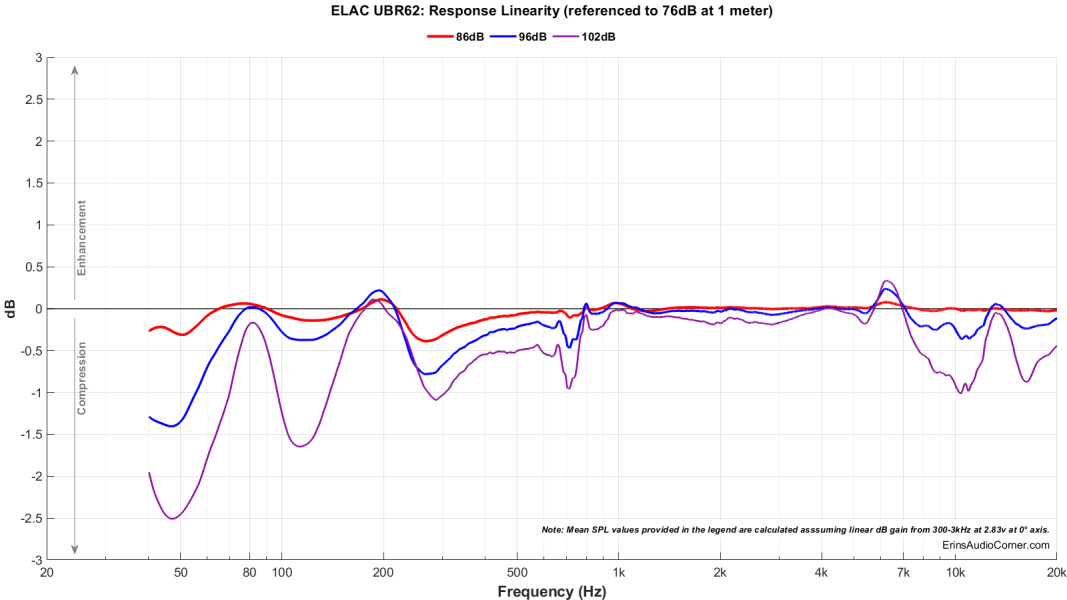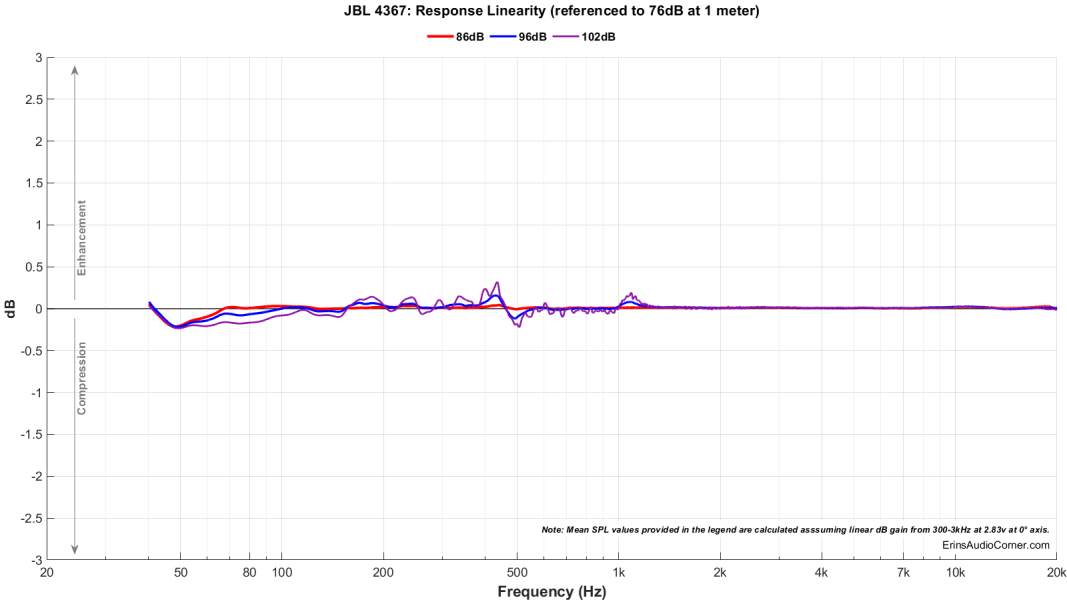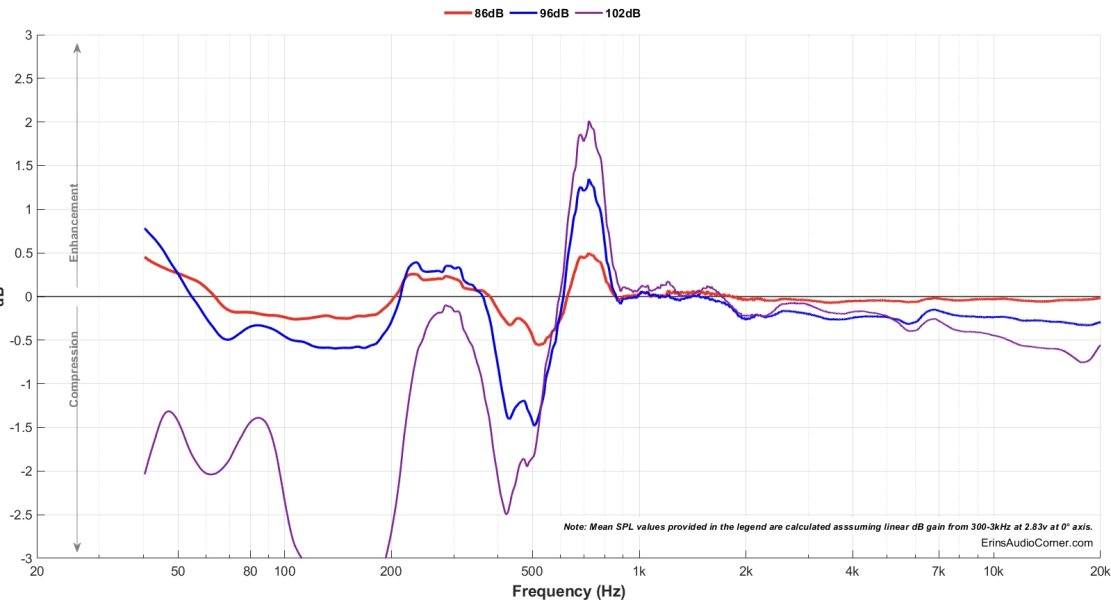The speed of a driver is similar to acceleration and braking of a car. Just as cars with the same motors can perform very differently from one another, the same is true for drivers with identical voice coils and magnets. Moreover there are very different voice coils and magnet assemblies used in drivers. Drivers differ in performance not only due to voice coil and magnet but also shape and material of the cone. The key element is cone, spider and surrounds in my opinion. A fast driver's cone must be extremely light and also extremely stiff to keep it's shape during long excursions. For this purpose diamond tweeters, carbon fiber and ceramic mids and kevlar and carbon woofers come to mind.
^That^ is mostly incorrect.
The motors and cones are mostly all around the same mass for a given woofer, midrange and tweeter.
Sure a lighter weight tweeter might play to 40 or 50k versus 20k, but there are not accelerating faster if they are both doing 20kHz.
Then they are going at exactly 20kHz.
The choice of the cone material, may be better with a stiffer material. Like carbon fibre or a ceramic.
A cone that holds its shape would not necessarily play the 30 kHz any different at the voice coil, but if the cone break up was not happening, then it would be better sounding without the cone break up
I don't know how speed of drivers are tested or is there a way to test. IMHO you're right "group delay" and "transient response" might be useful along with impulse response.
There is no way to test it because the premise is not correct. There are no fast and slow speeds.
It is like saying that a 12” woofer needs to move faster than a 6” woofer playing the same note.
They are moving at the same rate, but the larger needs to move less distance.
I like my infinites but it's obvious they have faults too. Need to play louder to hear low level sounds and this I think is a function of the drivers used. How fast a driver starts and stops. A lighter driver does both well but may suffer on impact or dynamics .
The driver is not starting and stopping, other than changing its acceleration constantly.
All this focus on the driver sort misses the effect of the XO and the box.
One can push in some number of cycles and it takes a while for a box to resonate at the freqnecy.
Then pull the signal away, and it takes the box a while to ring down.
The higher the order of the box, and the higher the order of the XO, then the more energy is is stored in the electronics and in the box.
Any magic extant in the driver, can be quickly lost in the box.









